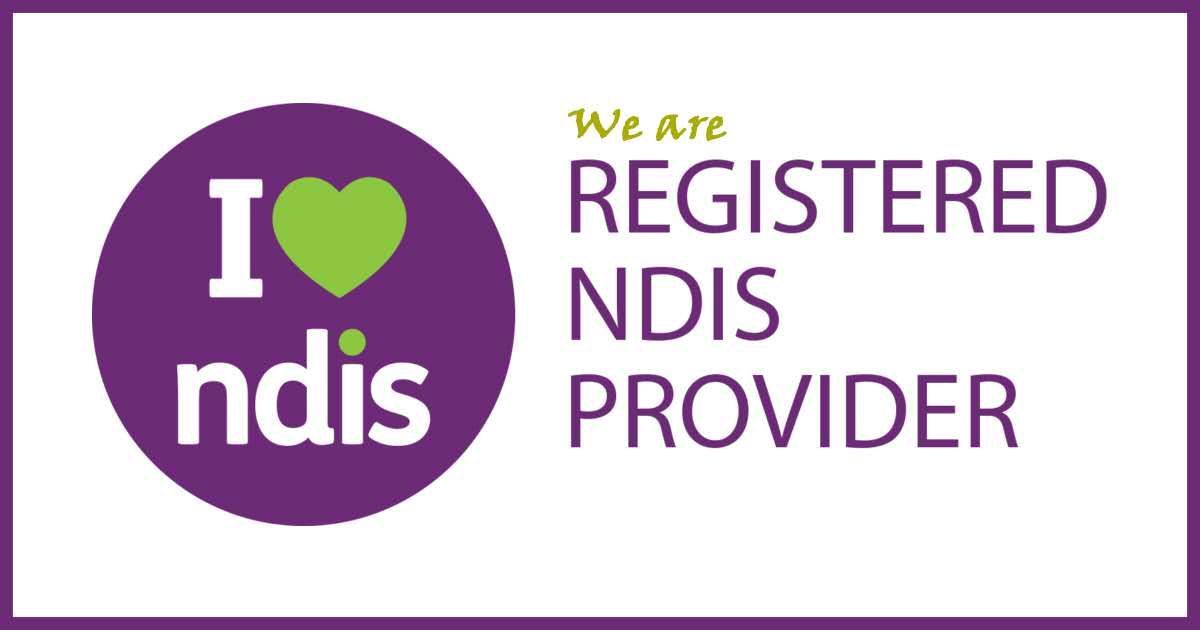Streamlining Recruitment Processes: Ensuring Efficiency in Staffing Solutions
Streamlining Recruitment Processes: Ensuring Efficiency in Staffing Solutions
In today’s fast-paced business environment, achieving recruitment process efficiency is more critical than ever, particularly for sectors requiring high levels of expertise such as nursing staffing agencies. The right staffing solutions not only streamline the hiring process but also ensure that organisations are well-equipped with the talent necessary to drive success. Our discussion aims to shed light on modern strategies and technologies that promote scalable staffing services, thereby facilitating optimal operational performance and competitiveness.
We will explore various facets of refining recruitment processes, including understanding the core components of recruitment, the pivotal role of technology in enhancing recruitment efficiency, and best practices that can be employed to streamline recruitment activities. Additionally, we will address the challenges faced in contemporary recruitment scenarios and propose practical solutions to overcome these hurdles. This article serves as a comprehensive guide for organisations striving for recruitment process efficiency, aiming to provide actionable insights for an effective and efficient staffing workflow.
Understanding the Recruitment Process
The Importance of a Seamless Recruitment Journey
- Initial Planning and Job Description: The recruitment process begins by identifying the need for new talent, often triggered by factors such as expansion or restructuring. A detailed job description is crafted, outlining responsibilities and required qualifications, which sets the stage for attracting suitable candidates.
- Candidate Sourcing and Screening: Various sourcing channels, both internal and external, are employed to gather a pool of candidates. This stage involves meticulous screening processes where resumes and cover letters are reviewed to identify individuals who best match the job requirements.
- Interviews and Assessments: Shortlisted candidates undergo interviews and various assessments. These interactions provide deeper insights into the candidates' capabilities and alignment with the company's culture and values.
- Final Selection and Onboarding: The most suitable candidate is offered the position. Upon acceptance, the onboarding process begins, introducing the new hire to the team and integrating them into the company.
Breaking Down the Recruitment Steps
- Identify and Analyse Needs: Understanding the specific skills and attributes required for the role is crucial. This involves a deep dive into what the team lacks and the dynamics of the position.
- Effective Job Advertisements: Placement of job ads across suitable platforms ensures a wide reach. Tailoring the ads to reflect the true nature of the job and the company culture attracts candidates who are a good fit.
- Rigorous Candidate Evaluation: Through a combination of interviews, skill tests, and background checks, candidates are thoroughly evaluated. This helps in understanding their potential for contributing to the company's goals.
Aligning Recruitment with Organisational Objectives
- Strategic Alignment: Recruitment strategies are closely aligned with the company’s overarching goals. This strategic alignment helps in attracting candidates who are not just skilled but are also in sync with the company's vision and objectives.
- Customised Recruitment Approaches: Depending on the organisational needs and the specific role, the recruitment process is tailored. This customisation considers factors like local market conditions, cultural fit, and specific competencies needed for the role.
- Utilisation of Data and Analytics: Data-driven insights play a crucial role in refining the recruitment process. Analytics help in understanding the effectiveness of different recruitment strategies and in making informed adjustments to align better with business objectives.
By meticulously planning each step and aligning the recruitment process with strategic business goals, companies can significantly enhance their efficiency in attracting and retaining top talent, thereby contributing positively to the overall organisational success.
Leveraging Technology for Efficient Recruitment
The Role of Applicant Tracking Systems (ATS)
Applicant Tracking Systems (ATS) have become indispensable in modern recruitment processes. These systems streamline the hiring cycle from beginning to end. By automating tasks such as resume screening and candidate tracking, an ATS enhances efficiency, allowing recruiters to focus on more strategic aspects of their role. For instance, advanced ATS can integrate with various job boards and social media platforms, enabling one-click job postings and ensuring a wider reach to potential candidates. This technology not only saves time but also helps in maintaining a structured recruitment process, reducing the chances of overlooking qualified candidates.
AI-powered Screening and its Benefits
AI technology has revolutionised the way screening processes are conducted. By employing algorithms that assess resumes against job requirements, AI-powered tools can quickly identify the most suitable candidates, significantly speeding up the preliminary screening phase. This capability allows recruiters to handle larger volumes of applications without compromising on the quality of hires. Furthermore, AI eliminates human biases, making the recruitment process more objective and fair. The use of AI-driven chatbots enhances candidate engagement through instant communication, providing a responsive and interactive experience.
Virtual Interviews and Onboarding: A Streamlined Approach
The adoption of virtual technologies for interviews and onboarding processes represents a significant shift towards more flexible recruitment strategies. Video interviewing platforms enable recruiters to conduct face-to-face interviews regardless of geographical limitations, thus expanding the talent pool. Moreover, these platforms can be integrated with ATS to schedule and manage interviews more efficiently. For onboarding, virtual assistants can facilitate a smooth transition for new hires by coordinating with various departments to ensure that all necessary training and resources are provided promptly. This not only accelerates the onboarding process but also helps new employees integrate into their roles and the company culture more effectively.
Best Practices for Streamlining Recruitment
Setting Clear Job Descriptions and Expectations
- Craft Detailed Job Descriptions: Start with a precise job title and include a comprehensive summary of the role, detailing responsibilities and expected outcomes. This clarity helps attract candidates who are well-aligned with the role's requirements.
- Outline Specific Requirements: Clearly list necessary qualifications, skills, and experience. This transparency helps in filtering candidates effectively, ensuring only those who meet the criteria proceed in the recruitment process.
- Define the Work Environment: Provide insights into the work culture and environment. This information helps candidates assess if they can thrive within your organisation.
The Significance of Employer Branding in Attracting Talent
- Develop a Strong Employer Brand: Your company's reputation as an employer plays a crucial role in attracting top talent. A positive brand perception makes your company a desirable place to work.
- Communicate Culture and Values: Clearly articulate your organisation's mission, values, and culture through your digital platforms. This alignment helps attract candidates who share similar values.
- Showcase Growth Opportunities: Highlight career development and growth opportunities within your organisation. This approach not only attracts talent but also aids in their retention.
Simplifying the Application Process to Minimise Drop-offs
- Streamline Application Steps: Ensure the application process is user-friendly and straightforward. Reduce the number of fields and steps required to complete an application to prevent potential drop-offs.
- Mobile Optimisation: With a significant number of job seekers using mobile devices, it's crucial to ensure your application process is mobile-friendly. This adaptation increases the likelihood of completed applications.
- Immediate Feedback: Implement systems to provide immediate confirmation of received applications and keep candidates informed of their progress. This communication is key to maintaining candidate engagement and interest.
Challenges in Modern Recruitment and How to Overcome Them
Navigating the Competitive Job Market
In today's competitive job market, securing top talent is a significant challenge. With the economy rebounding post-pandemic, the demand for skilled professionals has surged, leading to fierce competition among businesses to attract qualified candidates. To navigate this landscape effectively, recruiters must employ diverse sourcing strategies, including leveraging job boards, social media platforms, and networking events. Additionally, investing in efficient tools like applicant tracking systems (ATS) can streamline the recruitment process, enhancing the ability to manage and engage with potential hires swiftly.
Addressing Skill Shortages with Strategic Hiring
Skill shortages pose a critical challenge, particularly as industries evolve rapidly due to technological advancements. Strategic workforce planning is essential to identify and bridge these gaps. Businesses should focus on upskilling current employees and diversifying recruitment sources to include global talent markets and partnerships with educational institutions. This approach not only fills immediate vacancies but also prepares the organisation for future industry demands, turning skill shortages into opportunities for growth and innovation.
Creating a Positive Candidate Experience
A positive candidate experience is crucial for attracting and retaining talent. This involves clear communication, respect for candidates' time, and a streamlined application process. Employers should ensure that every interaction, from the job posting to the final interview, adds value to the candidate's experience. Responding promptly to applications, providing detailed information about interview processes, and maintaining ongoing communication are key strategies. Additionally, offering a fair and transparent recruitment process can significantly enhance the candidate's perception of the company, increasing the likelihood of acceptance if an offer is made.
Conclusion
Through the exploration of modern strategies, technologies, and best practices for streamlining recruitment processes, this article has underscored the importance of an efficient staffing system - particularly for sectors requiring high levels of expertise. The integration of Applicant Tracking Systems, AI-driven tools, and virtual technologies not only enhances the efficiency of the recruitment process but also ensures that organisations are equipped with the necessary talent to drive success and competitive advantage. Furthermore, the alignment of recruitment strategies with organisational objectives and a focus on creating positive candidate experiences serve as foundational pillars for attracting and retaining top talent in today's competitive job market.
Addressing the challenges of modern recruitment, including navigating competitive job markets and skill shortages, requires strategic hiring practices and the adoption of innovative solutions. As businesses continue to evolve in response to technological advancements and changing market conditions, the ability to adapt and refine recruitment processes will play a critical role in organisational growth and success. By implementing the best practices outlined, organisations can overcome these challenges, ensuring a streamlined recruitment journey that attracts the best talent while fostering a positive and engaging candidate experience. future of recruitment lies in the strategic integration of technology with human-centric principles. By placing a strong emphasis on aligning recruitment practices with organisational objectives and fine-tuning the application and onboarding experiences, companies can significantly improve their staffing outcomes. The call to action is for businesses to continuously adapt and refine their recruitment strategies, ensuring they remain relevant and effective in securing the very best













